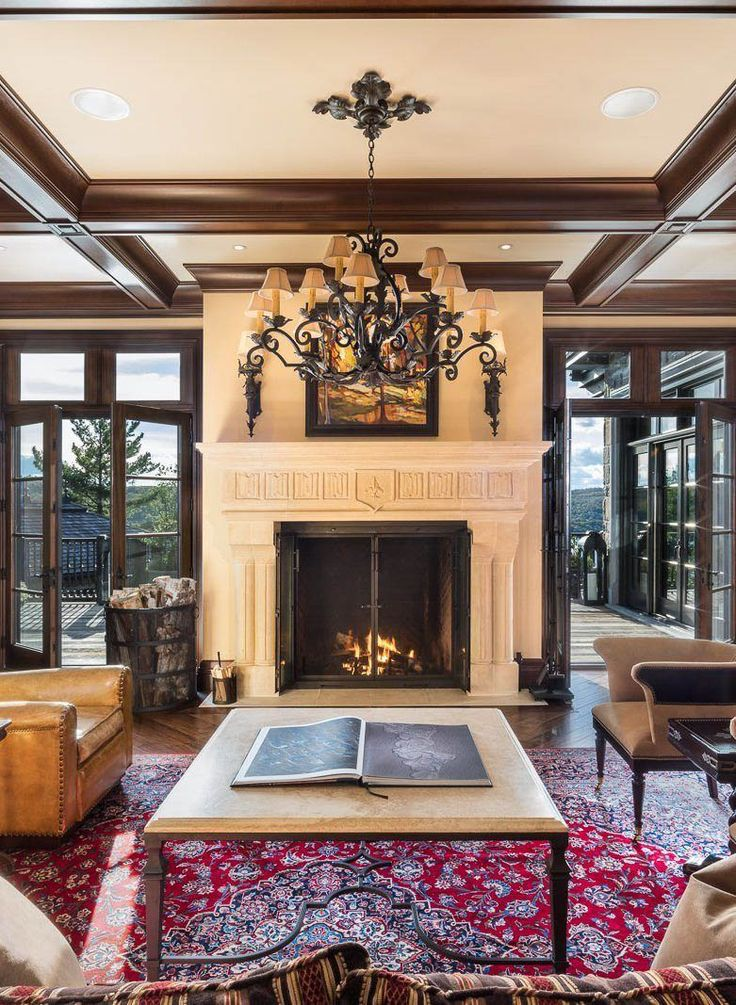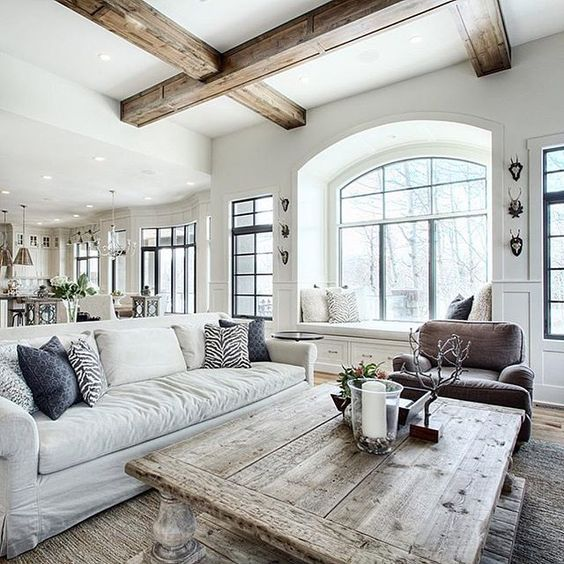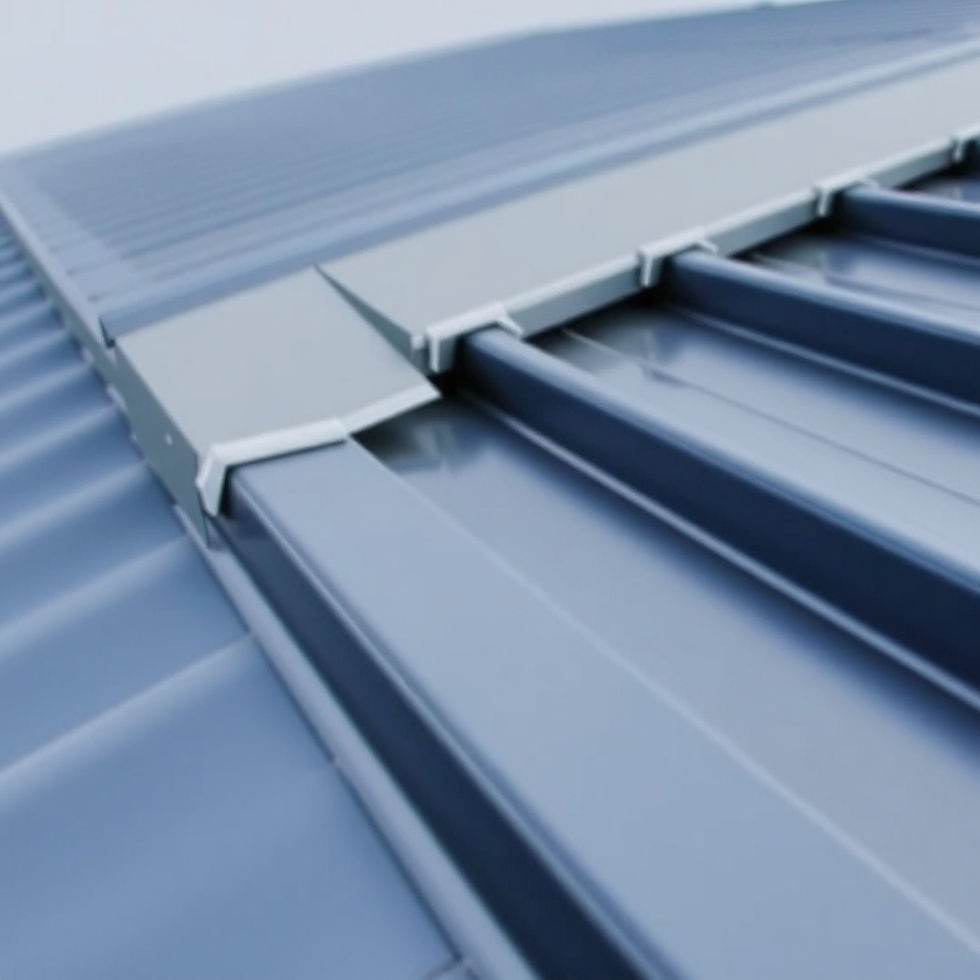Why Consider a Coffered Ceiling for Your Home
- Staff Desk
- Oct 31
- 4 min read

Often overlooked, the ceiling is sometimes called the fifth wall. As New York–based designer Meagan Camp puts it, “I’m a huge proponent that ceilings are the fifth wall.” A coffered ceiling adds architectural interest overhead, elevating a room both visually and emotionally.
Here’s what you should know — what it is, why it works, cost benchmarks, tips and design ideas — all aimed at helping you decide if it’s right for your home.
What Are Coffered Ceilings?
A coffered ceiling consists of multiple sunken or recessed panels, usually arranged in a grid of squares, rectangles, or octagons, framed by beams. These are not the same as tray ceilings (which have a single recessed framed border). Coffers bring depth, texture, and a classic architectural feel. This technique dates back to ancient Rome (to reduce weight in stone ceilings), moved to wood beams in later times, appeared in Renaissance and 19th/20th-century elite homes (for example in the mansions of the wealthy).
Coffered ceilings became increasingly popular during the Renaissance and experienced a revival in the 19th and early 20th centuries, particularly in the residences of the affluent elite who could afford such opulent decorative features.

Why Should You Consider Coffered Ceilings?
Visual height & drama: Creating upward lines and grid structure draws the eye up, making ceilings feel taller and rooms more significant.
Architectural interest: Many homes have plain flat ceilings; this adds character and a sense of craftsmanship.
Acoustic / structural benefits: As Camp notes, they can help absorb sound, define zones within open spaces, and cover up structural oddities (hidden pipes, beams) elegantly.
Resale appeal: While not guaranteed to double your value, these ceilings often appeal as premium features and elevate the perceived quality of a room (especially dining rooms, living rooms, primary bedrooms).
Timelessness: The look has been around for millennia and continues to feel “right” in high-end homes.

What Style of Decor Works Best with Coffered Ceilings?
At the end of the day, coffered ceilings offer many style options. It all depends on the finishes you choose and how they match the rest of the room. For example:
Farmhouse Look: You can use rough-hewn beams.
Baroque Style: You can go for ornate plasterwork.
Why Should I Consider a Coffered Ceiling?
Coffered ceilings are a type of ceiling design that has a pattern of sunken squares or rectangles. They look nice and can make a room feel more interesting.
Looks Good: They add style and a touch of luxury to a room.
Sound Absorption: They help reduce noise, making spaces quieter.
Zone Separation: They can help define different areas in a room.
Hide Unwanted Features: They can cover up things like pipes or beams that you don’t want to see.
3 Things to Know Before Installing Coffered Ceilings
1. Check your ceiling height -Your ceiling should be at least nine feet high before adding beams. If it’s lower, the ceiling can feel cramped. In that case, try another style like shiplap or beadboard instead.
2. Play with color - You don’t have to keep your ceiling white. Try a color that fits your room — even black or deep gray can make the beams stand out and look elegant.
3. Plan your budget - Coffered ceilings take time and skill to build, so they can be pricey. Know your budget before starting, and remember that the extra craftsmanship often adds beauty and value to your home.
Top 10 Coffered Ceiling Designs
Classic Grid with Recessed Lighting

This design uses a regular grid of square coffers framed by painted beams, with the panels set slightly recessed and fitted with recessed lights. It’s a safe go-to if you want something elegant but not too ornate.

Rich Wood Beams & Dark Finish

Heavy wood beams stained in a dark tone give this look a manor-house, traditional feel. Ideal for formal dining rooms, libraries or any space where you want warmth and gravitas.

3. Painted Beams + Minimalist Recesses

Here the beams are painted (sometimes same color as ceiling/walls), and the coffers are shallow. It keeps the structure but tones down the drama—good for a modern home that still wants subtle overhead detail.

Natural/Raw Wood Rustic Style

Using rough-hewn or reclaimed wood gives a relaxed farmhouse or rustic vibe. The coffer pattern is still present, but the texture and tone of the wood shift the mood entirely.
High Gloss / Ornate Plaster Luxury

This is the full luxury treatment—deep coffers, decorative moldings, maybe even gilded accents or lacquered finish. Great for rooms meant to feel opulent or special (entry hall, dining room, master suite).
Modern Geometric & Mixed Shapes

Moving away from just squares, these designs use octagons, rectangles, or even irregular shapes. They feel contemporary and architectural—ideal for a modern home seeking overhead interest.
Contrasting Paint Color-Pop Coffers

Here the coffers or the beams are painted in a contrasting or bold color (for example dark beams with light recesses, or vice versa). It draws your eye up and emphasizes the pattern.
Hidden/Minimal Coffers (Subtle Detail)

When ceiling height is limited or you want the overhead design to be understated, shallow coffers and thinner beams give texture without making the ceiling feel too heavy or low.
Integrated Lighting & Beams

These versions incorporate lighting cleverly—either LED strips inside the coffers, downlights within panels, or feature lighting suspended from the grid. It adds functionality and accentuates the pattern.
Mixed Materials / Specialty Panels





Comments